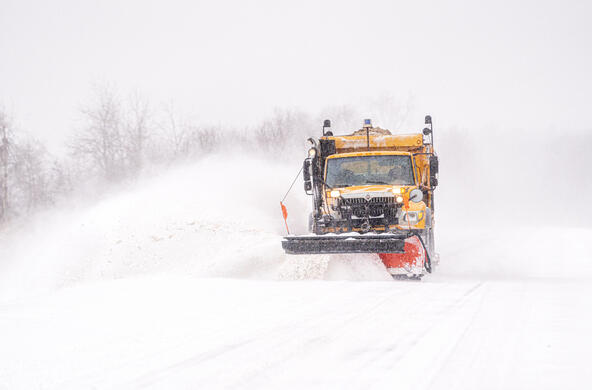
Across the Northeastern US, over 10 million tons of sodium chloride is applied to roadways annually. We also rely on salt to prevent falls on walkways and driveways. While useful for stabilizing slippery surfaces, salt use comes at a cost.
Once applied, it makes its way into freshwater bodies such as wetlands, ponds, lakes, reservoirs, streams, and rivers. Rivers have always carried small amounts of sodium and chloride, derived from the breakdown of rocks and rainfall, but human activities are intensifying their salt loads.
We all know that too much road salt can corrode cars. So it should come as little surprise that excess salt is a problem in freshwater ecosystems, where plants and animals are not adapted to saline conditions. Road salt can also pollute drinking water when it enters reservoirs and groundwater.
Excessive salt intake raises blood pressure. The salt content of some New England rivers has reached toxic levels for some species of fish and mollusks and it is known to be detrimental to roadside sugar maple trees.
Judicious and efficient use of road salt is a first step to reducing its impacts; the costs of excess use are borne by all of us. And careful urban planning can reduce the long-term impacts of salt on our natural areas and our drinking water supplies.
Produced in collaboration with WAMC Northeast Public Radio, this podcast originally aired on January 10, 2012. To access a full archive of Earth Wise podcasts, visit: www.earthwiseradio.org.








